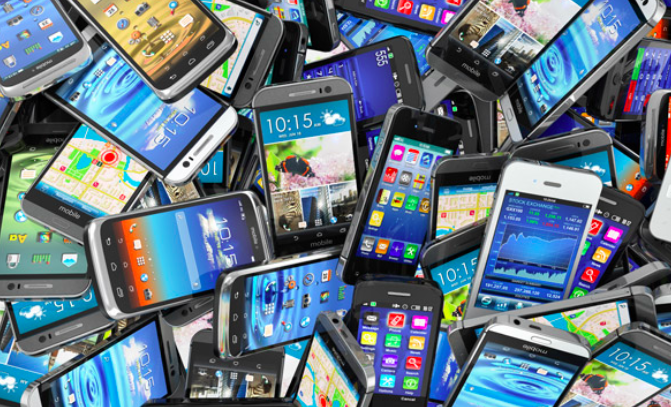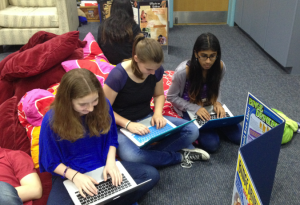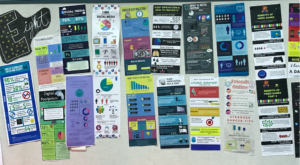This month’s Choices cover story, “Help! I Can’t Put Down My Phone,” is a must-read for any health class in grades 6-12.
I say this as a teacher who has spent the last few years researching and presenting on teens and their technology use. But more importantly, as a teacher who just returned from a five-day trip with a group of 50 7th graders.
Every spring, as part of our “week without walls” program, our entire middle school goes on a trip to different parts of China. The purpose of this is to explore the local culture, get in touch with nature, give back, and push the kids out of their comfort zones.
This year, I found a great old farmhouse in the mountains about three hours outside of Shanghai that had been turned into a hotel. It slept 50, and since we filled every room, they gave us the run of the joint. This meant that the lobby was ours, the kitchen was ours, and our awesome tour guide helped us arrange for farming, hiking, and other activities like mountain biking, rafting, and yoga.
Since this was a farm-to-table trip with a focus on wellness, I grappled with how to handle the smartphone issue.
Part of me wanted to make the trip completely tech-free, especially after reading this article in the New York Times, but the other part of me wanted them to be able to take pictures, play music, and learn how to find a balance on their own.
That road to striking balance wasn’t easy, but I learned a few things along the way.
In order to get kids away from their phones, you need to offer them something equally—if not, more—engaging to do instead.
Obviously, the times when we were doing rigorous physical activity like rafting or mountain biking, the phones were left behind. It was much more of a challenge during free time.

On the first day when we gave them some time in the lounge to hang out, their immediate instinct was to break out their phones… so we had to break out the distractions.Our amazing art teacher set up a whole corner of the lounge with everything you could need for arts and crafts. Kids were making friendship bracelets, painting watercolors, and even just sitting around chatting and learning to knit.
Our science teacher, the consummate gamer, had brought every board game known to man and got a group of kids all hooked on some pretty intense games of Uno.
We had the French teacher helping kids set up a smoothie stand, and there was a pool table, a small yard for soccer, and a whole lot of Connect Four.
By the second night, they had settled in, and the lounge was bustling with activity. Music was blaring from speakers rather than from headphones, and laughter and screaming could be heard every time a good hand was played or a game was won. And while the phones were sometimes still out, it wasn’t because they were playing video games or texting their friends who weren’t there… Which brings me to the second important lesson I learned.
Don’t always assume the worst.
Our students use their phones for almost everything, and they view them as an extension of themselves. The times when I would see a phone out and would go to see what was up, I would often find myself pleasantly surprised.

We’re looking up the official rules of Uno. We think Mr. Hodin is making stuff up so he can win.”“We’re trying to find the right Chinese translations so we can write a thank you card to the staff.”
“We’re playing Name that Tune.” (Which, by the way, is highly entertaining for the kids, but is known to cause extreme levels of annoyance in adults. Especially when played on a bus.)
I’m not saying that they were all angels, but the majority of the time, they were using their phones to enhance their experience in the real world, rather than pull themselves away from it, which is key when it comes to striking tech balance.
Next week, Part 2: Don’t always assume they know what’s best.





